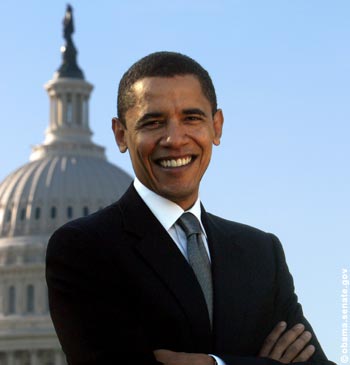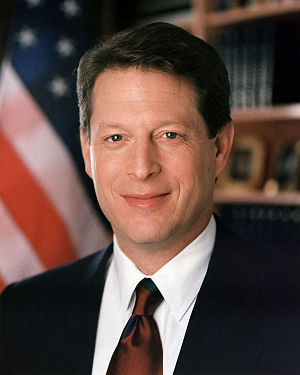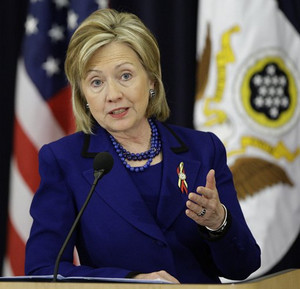The President
The power of the Executive Branch is vested in the President of the United States, who also acts as head of state and Commander-in-Chief of the armed forces. The President is responsible for implementing and enforcing the laws written by Congress and, to that end, appoints the heads of the federal agencies, including the Cabinet. The Vice President is also part of the Executive Branch, ready to assume the Presidency should the need arise.
Vice President
The Vice President is the second-highest executive official of the government. As first in the U.S. presidential line of succession, the Vice President becomes President upon the death, resignation, or removal of the President, which has happened nine times in U.S. history. Under the Constitution, the Vice President is President of the Senate. By virtue of this role, he or she is the nominal head of the Senate. In that capacity, the Vice President is allowed to vote in the Senate, but only when necessary to break a tied vote. Pursuant to the Twelfth Amendment, the Vice President presides over the joint session of Congress when it convenes to count the vote of the Electoral College
Secretary of State
The Secretary serves as the President's chief adviser on U.S. foreign policy and as such negotiates, interprets, and terminates treaties and agreements, personally participates in or directs U.S. representatives to international conferences, organizations, and agencies, conducts negotiations relating to U.S. foreign affairs, and is responsible for the administration and management of foreign embassies and consulate offices. Foreign trade missions and intelligence assets report directly to the Secretary of State. The Secretary is also responsible for overall direction, coordination, and supervision of interdepartmental activities of the U.S. Government overseas. The Secretary answers directly to the President of the United States |
   |



